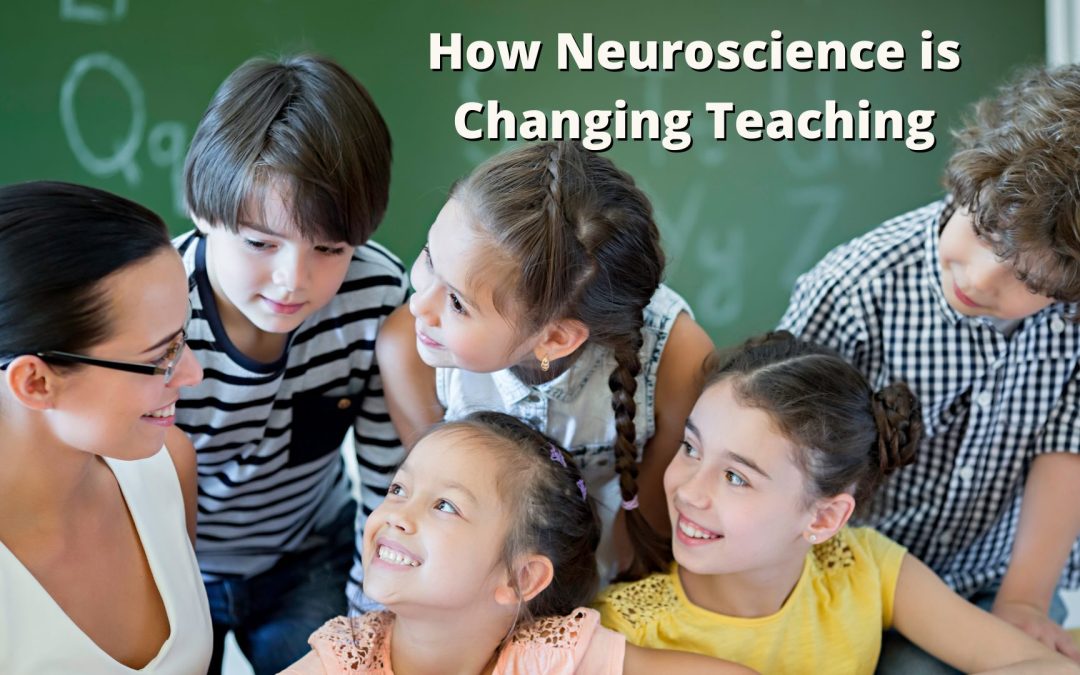Although the term “neuroscience” may sound intimidating, it’s a relatively newer way of exploring the human brain and making sense of how we learn, play, and make decisions. Neuroscience can help stop the generalizations and instead dig deeper into the brain to see how we perform the most basic and the most extreme of tasks. This can help us better understand our own actions, thoughts, feelings and more. Using brain-based research from neuroscience can also help the classroom, in terms of how we learn, teach and retain information.
Understanding the Individual
One top influence that neuroscience has is its ability to really dig into the individual’s way of learning. This can enable teachers to truly reach each singular student and help them understand the lessons and information easier. Schools are understanding the importance of individualized learning, and neuroscience can help us better understand it and create the proper lesson plans and classroom to achieve this. It’s also showing us the importance of emotional learning, and how it can be best utilized in the classroom. Having a more positive and stimulating classroom for each student can help them better retain the information being taught, and help them create interest in the topics instead of aversions. In most classrooms there still has to be repetition to a certain degree, as this can help any student of any age remember the information easier. But neuroscience research has shown that there is a “spacing effect” that can increase the level of retention. The “spacing effect” shows that students can learn information better if given a certain amount of time between the repetitious lessons, rather than in one single lesson.
When to Teach
Another highlight of neuroscience is understanding when is the best time to teach children. For many kids, it may not be first thing in the morning, which can cause issues in trying to learn information. Researchers are finding that many adolescents need more sleep than earlier and later in life, including high school age students. They are more likely to be cranky and tired in the morning, thus less receptive to learning and retaining information. If high schoolers started school even just half an hour later, this can make a big difference in the amount of information they can learn and retain. Some schools are already implementing this change in start time and are reporting positive outcomes, such as a decrease in late students and less students falling asleep during the day.
It’s exciting to be in the age of learning more about the human brain and how we all work differently yet cohesively to accomplish our goals and tasks. There’s only going to be more discovery and information revealed about how we can better learn, which means a better schooling environment for all.
Katie Kyzivat

